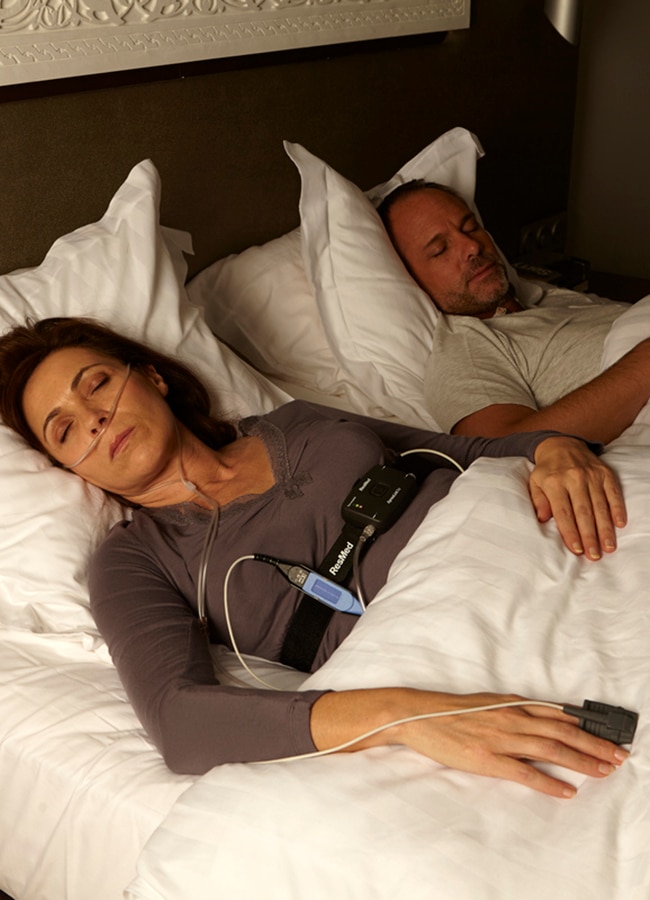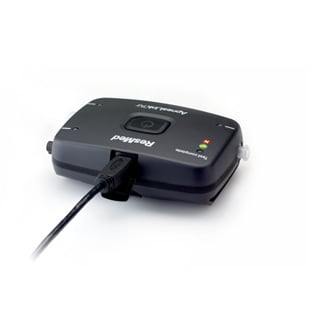

It’s a small card like the memory card used in a digital camera. Each PAP device has a data card, or memory card, located inside of the device that stores your usage data on a rolling basis (usually around 12 months of data).

In response to the insurance companies requirement that you prove you are using your device BEFORE they will pay for it, PAP device manufacturers have developed ways to more easily obtain that data, called “compliance data” or “usage data.” These are the most common ways of obtaining the data: How does my insurance company know if I’m using my device? Insurance companies don’t want to pay for a PAP device that you aren’t using. Several studies show that less than 50% of patients prescribed PAP therapy use the device more than four hours per night. PAP therapy is challenging, even though PAP is the most effective treatment for sleep apnea and proper usage is proven to decrease sleepiness, improve daily functioning and restore memory in sleep apnea sufferers.

Insurance companies do this because patient adherance to PAP therapy is not very good. After the last rental payment is made, the patient owns the device. The rental term can be anywhere from 2 months to 12 months. Health insurance companies will usually cover a PAP device to treat your sleep apnea if you have proof of your diagnosis from a sleep study however, more and more insurance companies are paying for those devices on a rental basis rather than paying the full purchase price of the device upfront. Why does my health insurance company care if I use my device? Why? How? What does this mean for patients and their privacy? What are the benefits for patients and their healthcare providers? Open in a separate window.If you’ve received a new PAP device to treat your sleep apnea in the past 12-18 months, you likely have a device that can be enabled to wireless transmit your usage data to your smartphone, your physician, your medical equipment provider and even your health insurance company. A novel algorithm developed by ResMed, Ltd. Screening for sleep apnea may be useful in a number of settings, such as preoperative testing, clinical research, and evaluation for referral to a sleep center.

Design Subjects were evaluated for sleep apnea during an overnight sleep study in a sleep center, and equipment setup was performed by sleep-center staff. Analysis S leep -L aboratory S tudy Data were included in the analysis if an ApneaLink total recorded evaluation time of 2 hours or longer was obtained during the study. Given the results showing that the sensitivity was slightly higher at an AHI of 15 than 20 events per hour, ROC curves were constructed.


 0 kommentar(er)
0 kommentar(er)
